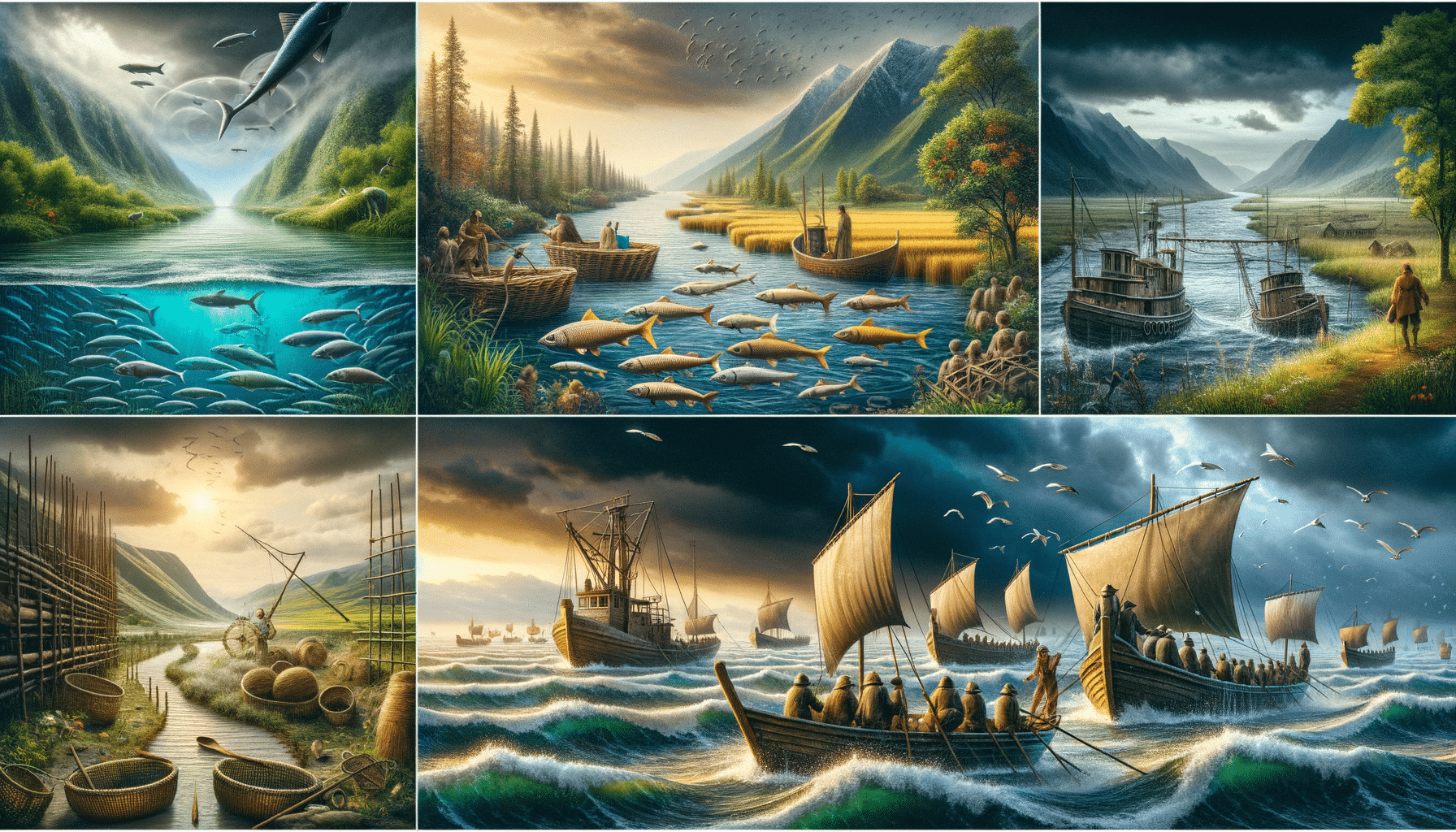Fishing: A Journey Through Waters and Time
Explore the multifaceted world of fishing, from its historical roots to modern-day practices and its environmental impact.

Introduction to Fishing
Fishing, an age-old practice, has evolved from a means of survival to a beloved recreational activity and a significant economic contributor. Its relevance spans across cultures and continents, providing sustenance, leisure, and a connection to nature. Understanding fishing’s multifaceted nature helps us appreciate its role in our lives and ecosystems.
The Historical Significance of Fishing
Fishing has been integral to human survival since prehistoric times. Ancient civilizations relied on fishing for food, trade, and cultural identity. Archaeological findings reveal fishing tools and techniques used by early humans, showcasing their ingenuity in harnessing aquatic resources. Over millennia, fishing methods have evolved, reflecting technological advancements and societal changes.
In ancient Egypt, fishing was depicted in tomb paintings, illustrating its vital role in daily life. The Greeks and Romans developed sophisticated fishing techniques, influencing practices across the Mediterranean. In Asia, fishing shaped communities, with methods like rice-fish farming demonstrating a harmonious relationship with the environment.
Fishing’s historical significance extends beyond sustenance. It has influenced language, art, and folklore, embedding itself into the cultural fabric of societies worldwide. Understanding this rich history enhances our appreciation for fishing as more than just a pastime.
Modern Fishing Practices
Today, fishing encompasses a diverse range of activities, from commercial enterprises to recreational pursuits. Technological advancements have transformed fishing, increasing efficiency and accessibility. Commercial fishing employs sophisticated equipment and techniques to meet global seafood demand, playing a crucial role in the food industry.
Recreational fishing, on the other hand, offers a peaceful escape from modern life’s hustle and bustle. Anglers enjoy the thrill of the catch, the beauty of nature, and the camaraderie of fellow enthusiasts. Popular methods include fly fishing, deep-sea fishing, and ice fishing, each offering unique challenges and rewards.
Despite its benefits, modern fishing faces challenges like overfishing and habitat destruction. Sustainable practices are vital to preserving fish populations and aquatic ecosystems for future generations. By balancing economic interests with environmental responsibility, we can ensure fishing remains a viable and enjoyable activity.
The Environmental Impact of Fishing
Fishing, while beneficial, can have significant environmental impacts. Overfishing threatens marine biodiversity, depleting fish stocks and disrupting ecosystems. Unsustainable practices, such as bycatch and destructive fishing methods, harm non-target species and habitats.
Efforts to mitigate these impacts include implementing quotas, establishing marine protected areas, and promoting sustainable fishing certifications. These measures aim to balance human needs with ecological preservation, ensuring healthy oceans for future generations.
Public awareness and consumer choices play a crucial role in driving sustainable fishing practices. Supporting eco-friendly products and advocating for responsible policies can help protect our oceans and the communities that depend on them.
Conclusion: The Future of Fishing
Fishing’s future hinges on our ability to balance human interests with ecological responsibility. As we navigate this complex landscape, embracing sustainable practices and fostering a deeper understanding of fishing’s cultural and environmental significance is essential.
By valuing fishing as more than just a resource, we can preserve its legacy for generations to come, ensuring it continues to provide food, recreation, and a connection to the natural world.